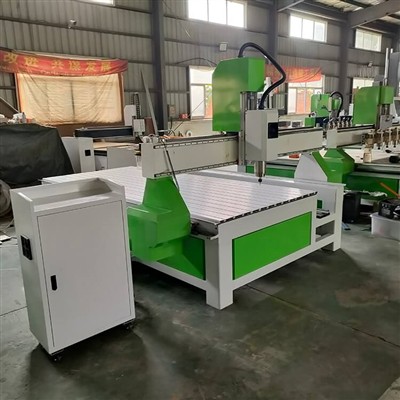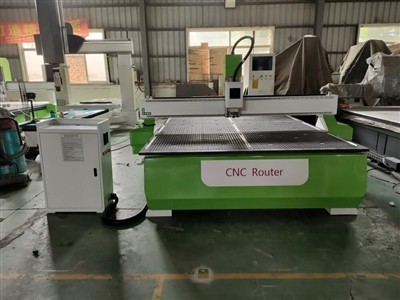GUANDIAO
1. 3-axis CNC Router: A 3-axis CNC router operates along three axes: X, Y, and Z. These axes represent the horizontal, vertical, and depth dimensions, respectively. This means that a 3-axis router can move the cutting tool or workpiece in three directions, allowing for cutting and carving operations on flat surfaces. It is suitable for projects that involve 2D cutting and machining, such as engraving intricate designs in wood or cutting out shapes from sheet materials.

2. 4-axis CNC Router: A 4-axis CNC router adds an additional rotational axis, typically referred to as the A-axis. Along with the X, Y, and Z axes, the A-axis enables rotation of the workpiece or cutting tool. This extra axis allows for more complex operations, such as carving 3D shapes, producing rounded or curved surfaces, and machining cylindrical objects. The A-axis rotation can be used to create intricate details and contours that are not possible with a 3-axis machine alone.

In summary, the key difference between a 3-axis and 4-axis CNC router is the presence of an additional rotational axis in the latter. This additional axis expands the capabilities of the machine, enabling more versatile and complex machining operations. However, the specific choice between a 3-axis and 4-axis CNC router depends on the nature of the project and the desired outcomes.
Copyright © 2024 Shandong Guandiao CNC Equipment Co., Ltd. . | All Rights Reserved Technical support:Xintuweb